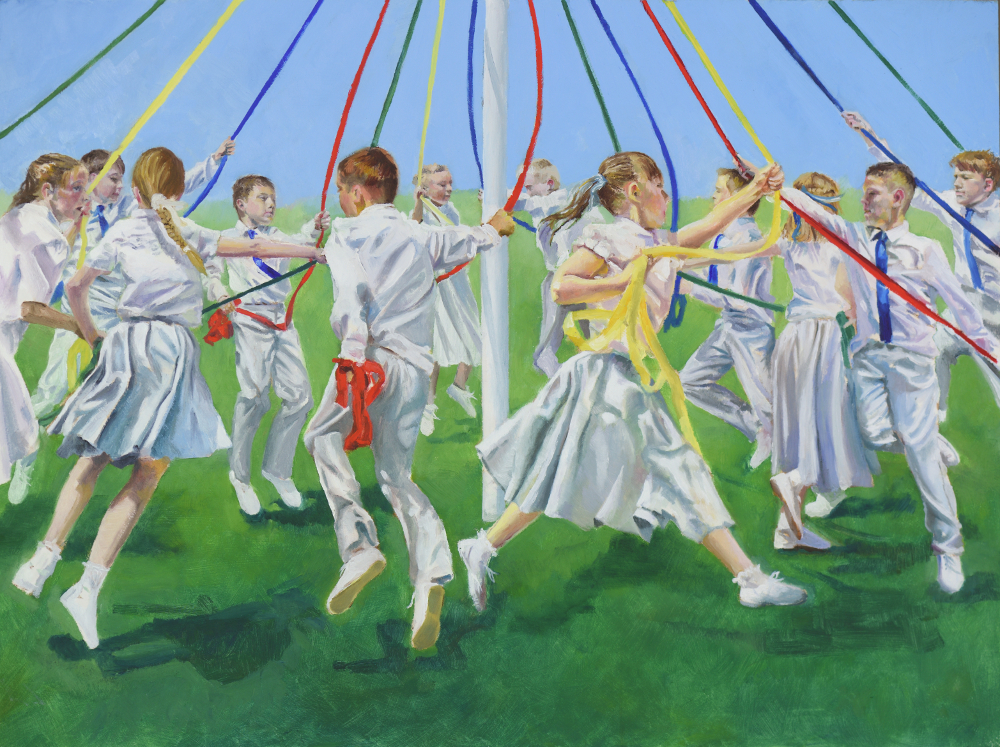You are no good to others if you are not good to yourself.
Fit your own oxygen mask before helping others.
Here are some simple things that you might find out about yourself that will be useful to you in leadership:
Your preferences, the things you do intuitively, automatically; how you typically respond to what you see going on around you. There are lots of ways of diagnosing your preferences: personality type questionnaires, psychometric instruments, the observations of others, coaching conversations, constructive feedback. Many of these have labels and trade names: MBTI, 16PF, Margerision-McCann, Insights, Belbin; some of them are disputed by social scientists, some discredited. Ancient peoples asked how much they were guided by the elements: Air, Water, Fire, Earth or by their bodily fluids: Blood (sanguine), Phlegm (phlegmatic), Black Bile, Green Bile. Perhaps neuroscience will soon wire us up with a swimming cap and provide another set of lenses on this age-old question. The point is we all know that we differ from one another in our temperaments and preferences, even if we cannot agree why. We can all benefit from doing the work that helps us appreciate who we are.
Your style, the way you interpret your role as leader; how you come across to others. You might lead from the front, by example, using personal power (warrior); you might build a system or rules and processes to make things fair and consistent (organiser); you might focus on the morale and well-being of those around you in the hope that they will shine (nurturer) or you might focus on ideas, imagination, creativity, combining resources to make new and better ways of doing things (innovator). Ideally, you should be aware of your style and wary of overplaying it or applying it in all situations (especially the wrong ones). Wise leaders develop skill in areas that are not primarily their chosen style. We appreciate leadership that flexes its style to meet the situation in front of it.
Your impact, the way others experience you as leader. You might be transparently consistent with a particular preference or style; you might demonstrate skills that others admire (self-presentation, empathy, vision, clarity of thought, humour). You might be experienced as a blend of characteristics, perhaps able to choose the right ones for the right occasion (adaptive). You might be seen to be true to yourself and/or to the needs of others (authentic). The challenge is to find out how others find us as leaders. As Robert Burns said “a wad some pow’r the giftie gie us to see ourselves as others see us!”
Your narrative. We all know the endless conversation about whether we are born or made, nature or nurture. However, there is another dimension to this conversation that is yours to influence; your narrative. What stories do you tell others about you and leadership? What stories do you tell yourself (your inner script)? Are you diffident, bold, confident through experience, have you overcome great challenges? Your narrative is an important part of you. With the help of a coach or a critical friend, who might challenge your version of the story, you can work on discovering more about you as a leader, what made you, what inhibits you and what you could become.
Your resilience. Leadership can be tough and it can be lonely (although often it is neither of these things). Many job advertisements now specify that you must be resilient, as though it were some kind of character trait that you were born with. Resilience isn’t that. It is the capacity to bounce back, to cope, to experience stressful change competently but it is a process rather than a trait (and something you can learn). Being resilient does not entail being emotionally cold nor naively positive; it is about being emotionally balanced. It means being conscious of what you can control, what you can only influence and what you are rightly concerned about but can have no effect on. Your resilience is enhanced by peer support and group cohesion; it depends on a collectively intelligent approach to risk, failure and “events”. Resilience is both enhanced by and enhancing of your positive self-esteem and sense of purpose.
Your humanity. Groups and organisations have a tendency to bend us into a particular shape. Certain behaviours become the way we do things around here; we use jargon, we conform to rules, written and unwritten. Sometimes people in organisations do extraordinary things that they could or would not do alone. Sometimes, however, these things are extraordinarily perverse and inhumane. From the inside this is just the way we do things; from the outside it starts to look odd. A key feature of your leadership is your capacity to break out of the kinds of conformity that are corrosive and be able to identify and to do the right thing, against the grain if necessary but according to the standards and values of your humanity rather than just what is comfortable. This is really hard. It can cost you your membership of a group, or even your job. But if you lose your humanity, what do you have left?

